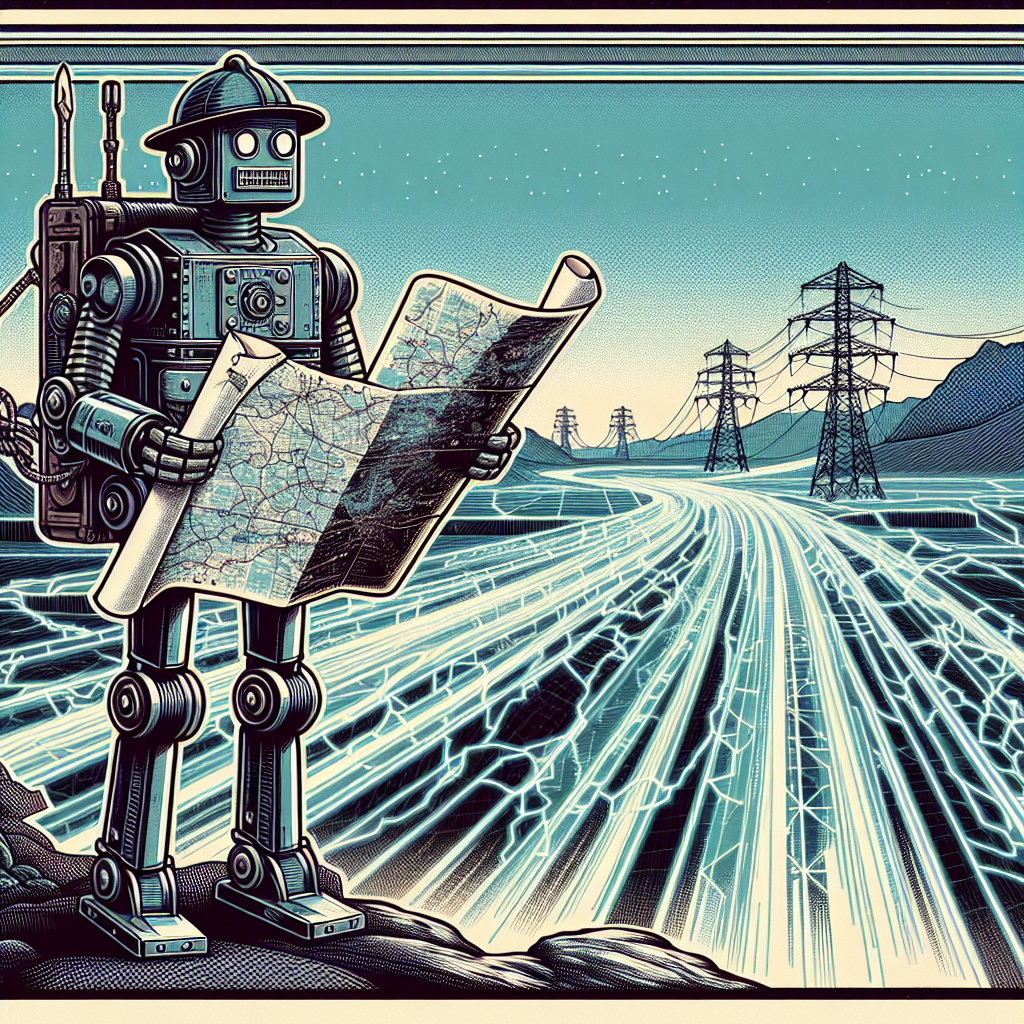The AI Detector Arms Race: How Humanisation Fools the Machines
As artificial intelligence advances at a breakneck pace, the line between human-written and AI-generated …

We all have ideas that we believe could blossom into successful businesses. However, moving from concept to reality requires thoughtful planning and validation to launch a product that genuinely serves customer needs.
In this comprehensive guide, I’ll outline the crucial steps every entrepreneur should take to transform an idea into a business. From initial user flow mapping to clickable prototypes and customer outreach, I’ll provide actionable advice to set your idea up for real-world success.

The initial step after conceiving your idea should focus on mapping the projected user journey within your product. Visualise the end-to-end experience by outlining every screen and action, from signing up to completing critical tasks.
This exercise reveals crucial insights:
An exhaustive user flow is the foundation for bringing your concept to reality. It enables you to address issues preemptively and conveys the full vision of your product to designers and developers.
With flows completed, transform each step into concise user stories outlining actions specific users take to reach goals. Frame stories by answering:
For example:
As a customer, I want to compare product prices to find the best value offer quickly.
Document detailed stories for every user type at each step of the flow. This builds a feature-specific guide for design and a clear development roadmap to streamline build processes at reduced costs.

To focus investment on functionality that directly serves customer needs, rigorously evaluate each proposed feature by asking:
Will this feature convince customers to pay for the product?
If the answer is no - cut it.
Additional nice-to-have features often inflate project timelines and budgets. Be relentless in limiting the scope to only capabilities enabling your product’s core purpose to address the target market’s pain points.
You’ve refined the user flow and streamlined the feature set. Leverage tools like Figma or InVision to translate your ideas into an interactive clickable prototype.
These realistic visual mockups empower potential customers to experience the product before you invest in total development. Observing them click through the prototype provides the ultimate validation check - if there is genuine excitement and demand even for the demo version.
Clickable prototypes enable constructive feedback, but discovering the right potential customers to engage is critical.
Ideally, entrepreneurs with industry connections can activate their networks to connect with relevant audiences. Others can run surveys or targeted social media ads to capture appropriate target groups.
Use a screensharing platform to observe participants exploring prototypes to ensure open and thoughtful responses. Please encourage them to voice all reactions and capture constructive qualitative insights into confusing areas.

Starting an idea-based business is challenging, but following structured processes can set you up for success - before significant development investment begins.
By undertaking diligent upfront planning, engaging potential customers early in an authentic way, and genuinely understanding market needs, entrepreneurs can launch products confident they fulfil tangible demands. Use this guide to map your path, turning a simple concept into a thriving solution.
I hope this detailed walkthrough captures the most constructive sequence of steps every entrepreneur should strongly consider taking to build an idea into a business.
Leveraging tools to create mocks and prototypes enables adjusting product direction based on real potential customer input rather than assumptions. When launching any new idea, actively engaging your audience and community provides the best validation that an innovative concept delivers value to those it aims to serve.
Please share this article if you found it helpful and felt it provided you with a structured game plan. And don’t hesitate to reach out via the comments below if you have any other questions as you begin your entrepreneurial idea journey.
Some other posts you may like

The AI Detector Arms Race: How Humanisation Fools the Machines
As artificial intelligence advances at a breakneck pace, the line between human-written and AI-generated …
January 15, 2024
Read More
How does AI content assistance impact SEO and content marketing?
AI-powered tools are revolutionising the way marketers approach SEO and content marketing. With the …
January 15, 2024
Read More